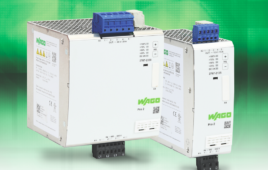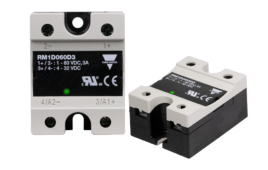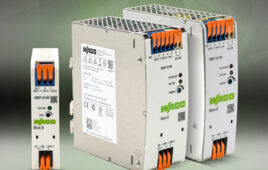National Instruments announces new PCI and PXI PROFIBUS interfaces to add compatibility and flexibility to industrial systems. With the new interfaces, PROFIBUS engineers now can integrate NI LabVIEW software into benchtop, real-time and device test PROFIBUS networks.
The PROFIBUS interfaces include a LabVIEW driver with Express VIs for rapid application development. Express VIs are easy-to-use configuration-based blocks that simplify communication between LabVIEW and the PROFIBUS network. With these Express VIs, engineers can add PROFIBUS support to new or existing LabVIEW applications for human machine interface (HMI), SCADA, real-time control and test without additional programming.
The PROFIBUS interfaces can function as either master or slave devices on PROFIBUS networks. As a master, the interface controls the timing and arbitration of the network by integrating with LabVIEW and LabVIEW Real-Time. Engineers can use the interface to control PROFIBUS slave devices such as motor drives, sensors, distributed I/O and programmable logic controllers (PLCs). As a slave used with LabVIEW Real-Time on a PC or PXI system, the interface integrates NI high-performance data acquisition, motion, vision and modular instruments into existing PROFIBUS-enabled machines and processes.
NI PCI and PXI PROFIBUS interfaces also include a graphical Configurator utility to configure network timing and set up PROFIBUS slaves on a network. The software abstracts the low-level details of using PROFIBUS and imports standard .GS* files for configuring I/O in an application. Configurations are saved in an open XML file format and integrate with Express VIs in the LabVIEW driver.
In addition, an onboard processor, memory and flash storage enable the interfaces to reliably communicate with the PROFIBUS network independently of PC performance or jitter. If the host machine has a software failure, the rest of the PROFIBUS network continues to operate normally. For more information, readers can visit www.ni.com/profibus.
::Design World::
Filed Under: CONNECTIVITY • fieldbuses • networks, ELECTRONICS • ELECTRICAL





Tell Us What You Think!